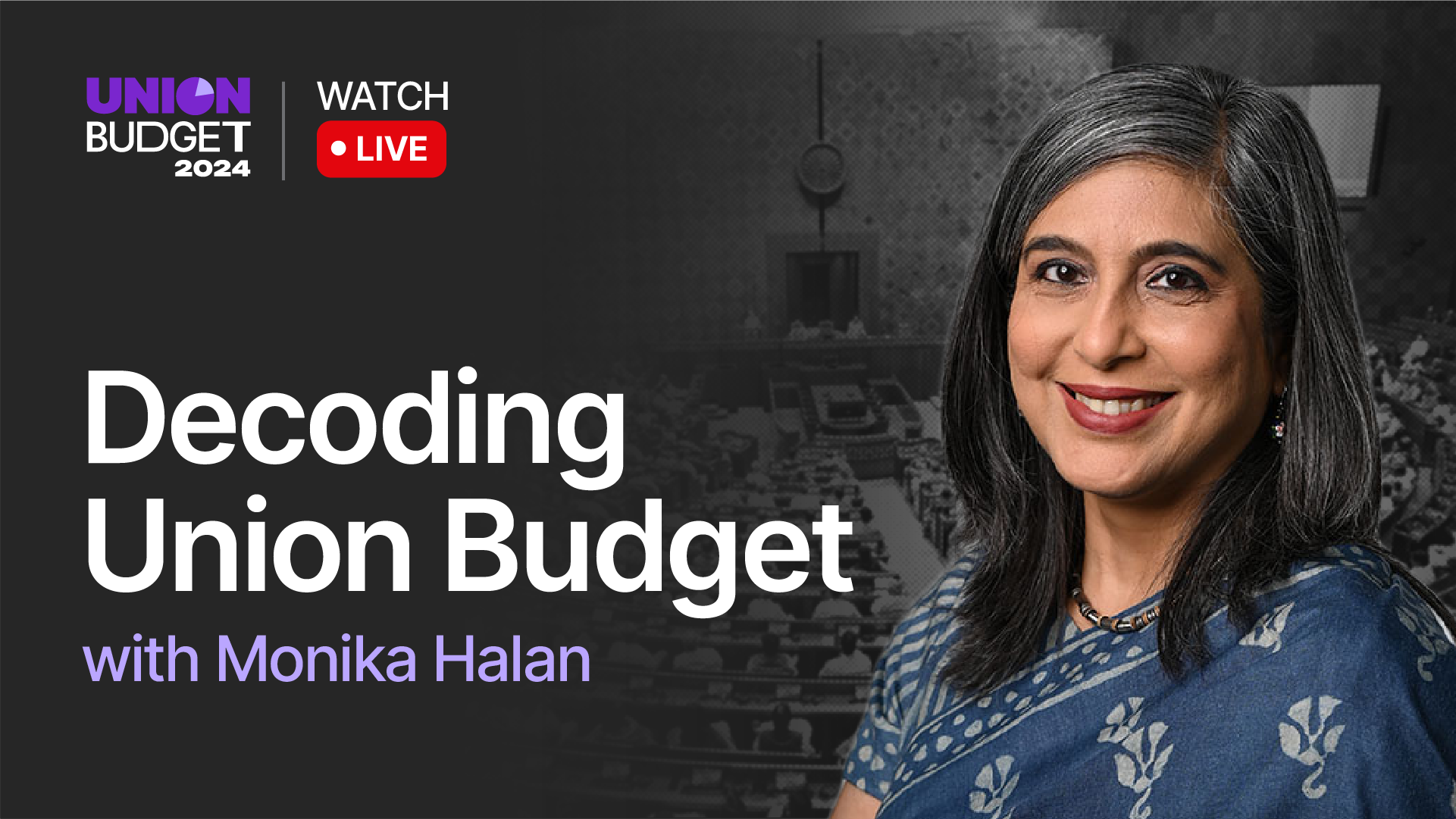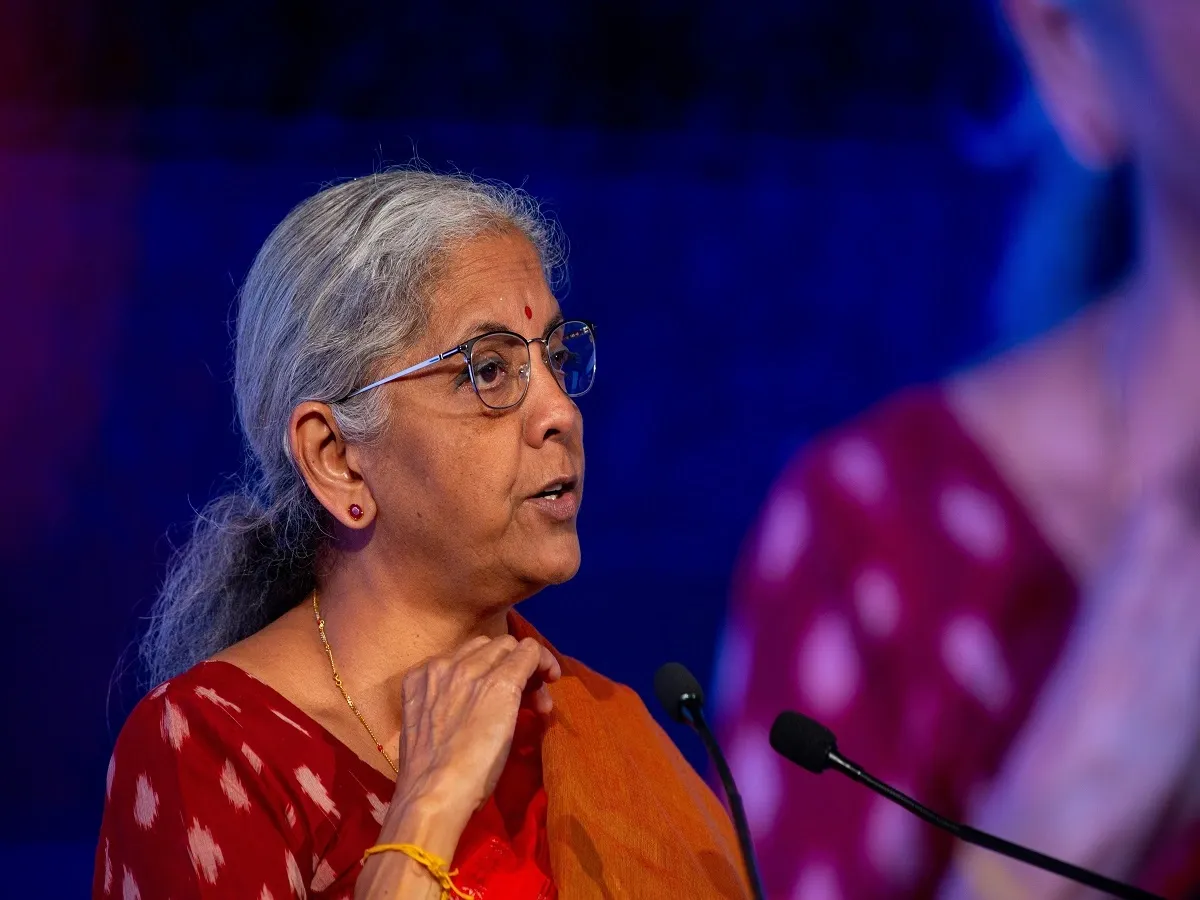Business News
Interim Budget 2024: FM allocates ₹86,000 crore to MGNREGS, up 43% from last year budget estimates

3 min read | Updated on February 01, 2024, 22:12 IST
SUMMARY
In the Interim Budget 2024-25, Finance Minister Nirmala Sitharaman allocates ₹86,000 crore for MGNREGS, maintaining last year's level. Despite challenges like work instability and fund release delays, MGNREGS has supported rural households, notably during COVID-19. The scheme offers 100 days of wage-based employment and builds rural assets. Budgetary fluctuations have occurred, but the current allocation underscores the government's rural development commitment. Effective implementation and sustained budgetary support for MGNREGS are crucial for addressing rural unemployment and poverty, reflecting the government's focus on rural development.

There are 14.36 crore active workers in 2023-2024 under this scheme.
Key Takeaways:
- According to the Interim Budget 2024-2025, ₹86,000 crore has been allocated for MGNREGS for 2024-25.
- There is 0% change in MGNREGS budget estimate (BE) as compared to last year’s revised estimate (RE)
- Efforts for up-skilling, timely release of funds, and proper implementation of the scheme are imperative in making a lasting impact on rural India.
Finance Minister Nirmala Sitharaman announced today that the government would allocate ₹86000 crore to the MGNREGS in the financial year 2024-25 (FY25), which is about 43% higher than last year’s BE for the scheme. The FM also revealed the RE for FY24 (₹86000 crore) for MGNREGS was increased by about 43% from the BE for FY24 (₹60,000 crore).
Did you know that there are 14.36 crore active workers in 2023-2024 under this scheme? However, despite the positive strides, challenges like an unsteady stream of work and timely release of funds persist. Due to factors like migration patterns of people living in rural areas and evolving job market dynamics, a flexible approach to budgetary planning is required.
The impact of the Budget on schemes like the Mahatma Gandhi National Rural Employment Guarantee Scheme (MGNREGS) has provided a safety net to rural households and got them through difficult times like the COVID-19 pandemic.
What is MGNREGS?
The aim of MGNREGS is to provide employment opportunities to rural households and build durable and productive assets like roads, wells, and ponds to improve the quality of life of the villagers. MGNREGS promises 100 days of wage-based employment to adult members of rural households across the country in a financial year. Over the years, MGNREGS has become one of the largest social welfare initiatives in the world.
The budget for MGNREGS was reduced by about 26% from FY22 to FY23; however, the budget estimate (BE) was later increased by 22% to address the rising demand. A staggering 32% decrease in the MGNREGS budget was observed from FY23 to FY24.
The current interim budget for MGNREGS has not followed the previous trends and is the same as FY24, but it may be later revised to meet the demand for employment for rural households.
Did you know that since its inception in 2005, MGNREGS has created 7.96 crore rural assets to date?
MGNREGS budget allocations and its impact
Budgetary allocations for MGNREGS directly influence the effectiveness of this scheme in addressing major issues of the country like rural unemployment and poverty. The effort to boost allocations for MGNREGS has been consistent over the years, but the past few years have proven to be a bit challenging due to the COVID-19 pandemic. For example, there was a significant increase in the budget allocation in FY23 indicating the government’s commitment to safeguard the rural population during the time of distress.
Conclusion
Trends indicate a positive inclination of the government towards prioritising rural development through schemes like MGNREGS. Seamless on-ground implementation and budgetary allocations for MGNREGS can go a long way to make a lasting impact on the lives of millions of people living in rural areas. The Budgeted Estimate for MGNGNREGS is ₹86000 crore.
About The Author
Next Story

